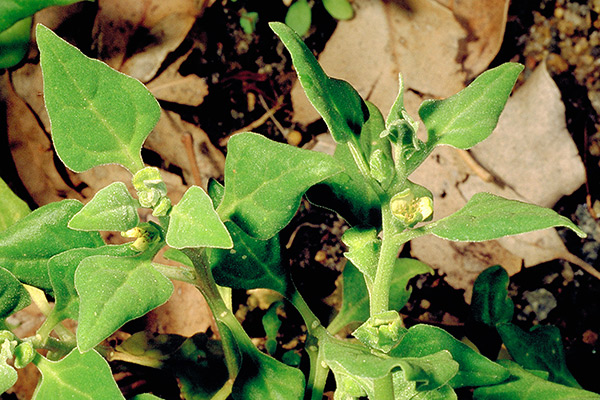
Try the Tastes of the Bush
Ali Broome
Like many others, we were short of water over summer, and when the rainwater ran out I resorted to usins our household tank water for our bushfood plants.
Grey water from bathroom and laundry was directed to the home vegie garden.
 |
| Pelargonium australe |
|
|
 |
| Tetragonia tetragonioides |
|
|
The stars of our developing bushfood garden in this time of drought were Austral stork's bill (Pelargonium australe) and native spinach (Warrigal greens - Tetragonia tetragonioides). While other plants conserved their energy for autumn's rains, these two appeared to sing and dance in the heat. Although we're yet to taste the pelargonium (roots are edible), I'm happy to say that 'Warrigals' featured in household dishes, from soup to pesto and quiche to casserole. As long as they're lightly blanched or 'melted' first, and the water discarded, they're a very versatile and delicious vegetable.
During this time we also experimented with plants known to be suitable for teas. That was an eye-opener! Correa alba, I'm sorry to say, received the big thumbs-down, as did Hardenbergia violacea. Kennedia prostrata was interesting, being rather tasteless but refreshing. The winners were the mints - Prostanthera rotundifolia and Mentha australis. Yum! Today I tried wattleseed coffee again too, combining it with drinking chocolate for a deliciously nutty and warming beverage. I'll admit to buying the roasted and ground wattleseed, rather than processing our own. If you're keen, suitable varieties include golden, silver and black wattles (Acacia pycnantha, A.dealbata, and A.mearnsii). Dry roast in the oven, grind, then toss in a dry pan. Wattleseed is also a lovely addition to baking.
Other bushfoods we've sampled include the refreshingly tart white elderberry (Sambucus gaudichaudiana), sweet and juicy native raspberries (Rubus parvifolius) and the rather hot mountain pepper (Tasmannia lanceolata), which we found in the nearby bush in Toolangi.
In Melbourne we tried common appleberries (Billardiera scandens). They're probably an acquired taste, especially for those raised on McDonalds and Coke. At the beach were pigface (Carpobrotus rossii), with young leaves to quench the thirst and sweet fruits to graze on. I learned why it's recommended that you squeeze the pulp out rather than chewing your way in - the skin tastes awful! Now I'm eagerly anticipating the harvest of our young water ribbons (Triglochin procera) and bulbine lilies (Bulbine bulbosa). Water ribbons, according to our reference books, have sweet, crisp bulbous tubers that can be eaten raw or roasted. Bulbine lily roots are supposed to taste similar to leek, yet sweeter. They're also said to be high in calcium, iron and carbohydrates. This nutritional information is something I'll be researching further in the coming months.
Happy exploring!
From "Growing Australian", the newsletter of the Victorian Region of the Australian Plants Society, September 2003.
Australian Plants online - 2007
Association of Societies for Growing Australian Plants
|